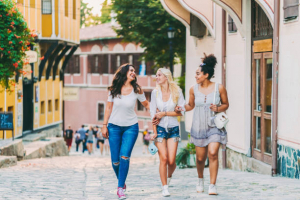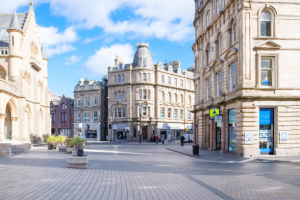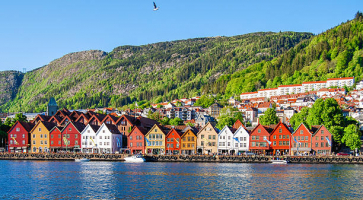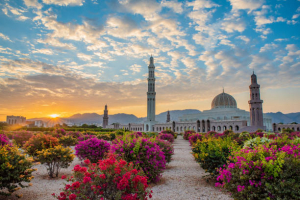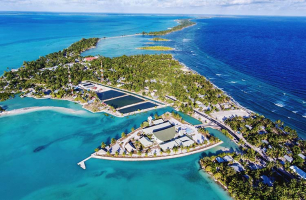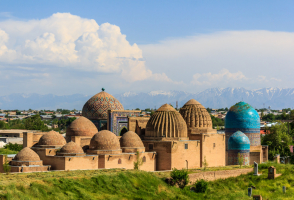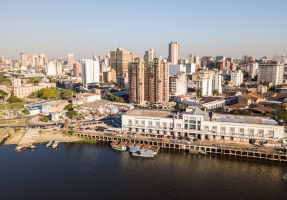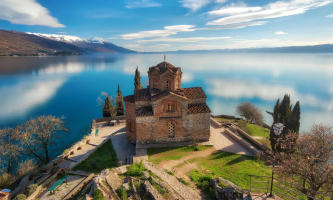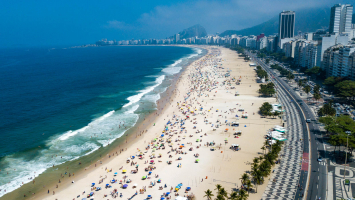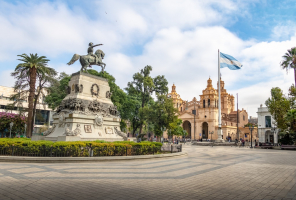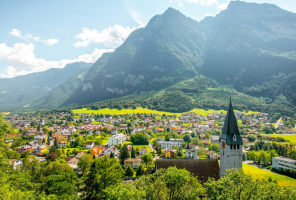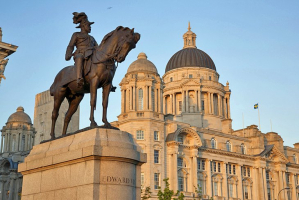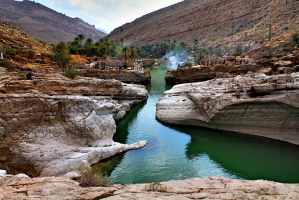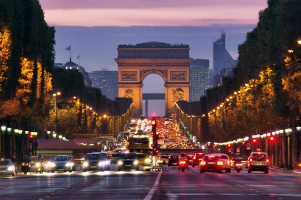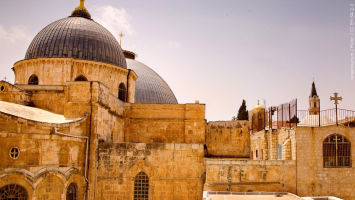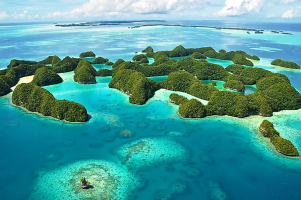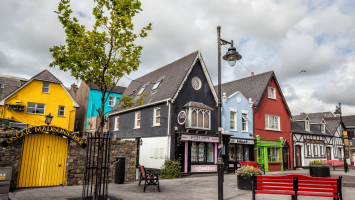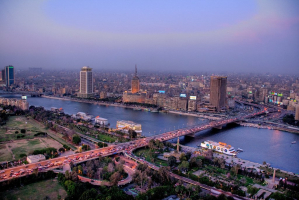Top 10 Reasons to Visit Norway
Norway is an incredible country that should visit on the bucket list of every traveler. Some of the reasons to visit Norway include the obvious, such as safety ... read more...and overall contentment of the inhabitants, and, of course, the Northern Lights, but there is much more to Norway than this. Follow the list of top 10 reasons to visit Norway that you should not miss.
-
Arctic Norway, also known as the "Kingdom of Light," gives the highest opportunity of experiencing the magnificent Northern Lights. The region is widely recognized as one of the greatest in the world for viewing the light show due to its large open sky and lack of light pollution. Northern Norway is dark from early afternoon till late morning between late September and late March, and the northern lights frequently soar through the sky.
Even if you shouldn't take the lights for granted - they are, after all, a natural occurrence like the weather - you are nevertheless certain to see magical illumination in Northern Norway throughout the polar night. On clear days, the sunset colors in the south are stunning, while the sky to the north is a deep midnight blue. The snowy landscape is drenched in a crystalline, deep blue color during "the blue hour" at nightfall. Even if the Auroras don't dance, the starry, endless sky can let you reconnect with the universe. Oslo, the country's capital, is too far south of the Arctic Circle to observe the aurora borealis. So, you'll want to head to northern Norway where there's a handful of towns, like Tromsø and Svalbard, perfectly-situated for aurora viewing.
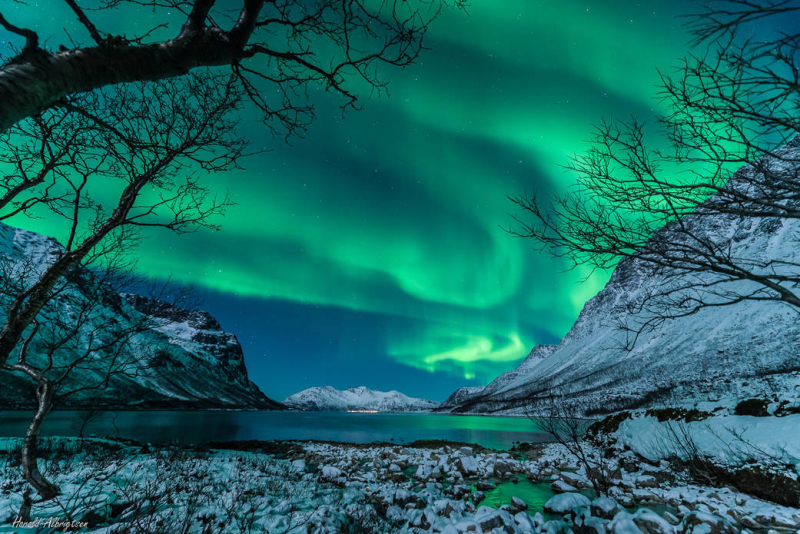
space.com 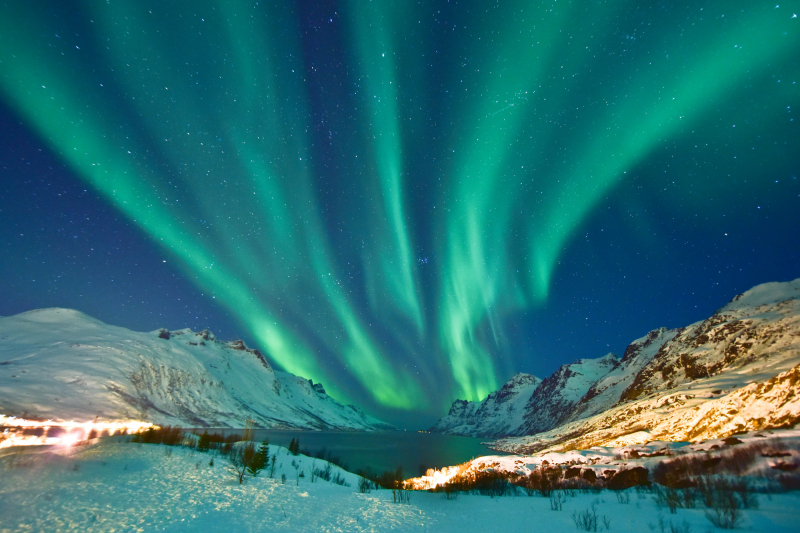
space.com -
Cutting in from the sea, steep mountains rise up to 2000 meters above sea level, creating lush, fertile soil along the coast. Mild, salty water reaching depths of 1300 meters. Passages so tight that you can sometimes touch the mountaintop with your fingertips up on deck as the ship sails in. The Norwegian Fjords have always left people with lifelong memories - and momentary neck aches from staring at the vistas. For example, once-inaccessible mountaintop farms, small communities, seals, porpoises, and schools of fish swimming in the waters, with eagles and other birds peering down from above.
A fjord is a deep, narrow, and elongated ocean entrance etched into the landscape on three sides by steep mountains. The fourth side, known as the fjord's mouth, is open to the sea. The fjords emerged as glaciers receded and are a notable part of the Norwegian coastal environment, stretching from Hurtigruten's southernmost port of Bergen all the way north to Kirkenes.
The most famous fjords in Norway, however, are found in the western and northern regions. Geirangerfjord, Hjrundfjord, and Nordfjord are three UNESCO World Heritage Sites in the west, with high mountains, waterfalls, and pleasant communities full with fruit trees. You may see the Trondheimsfjord on your journey to Trondheim. Trollfjord, which is only 100 meters wide at its narrowest point, is one of the country's most intriguing fjords.
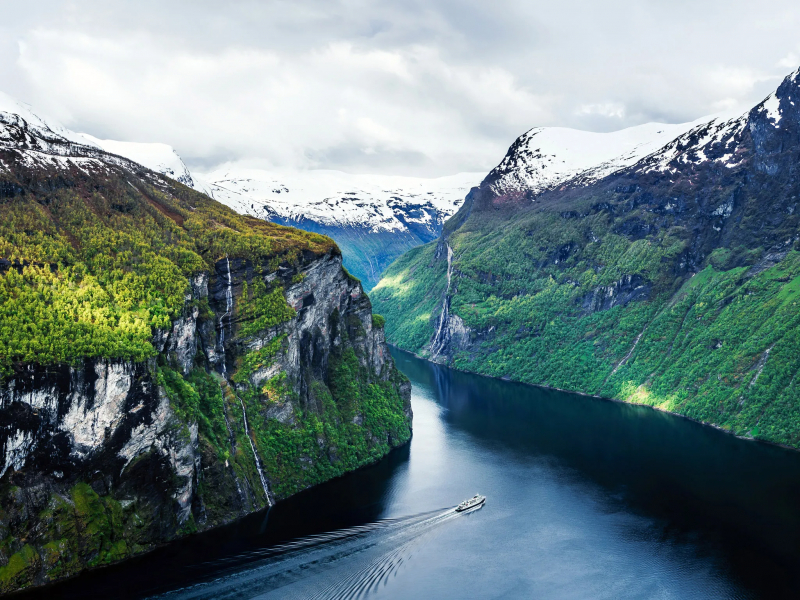
cntraveler.com 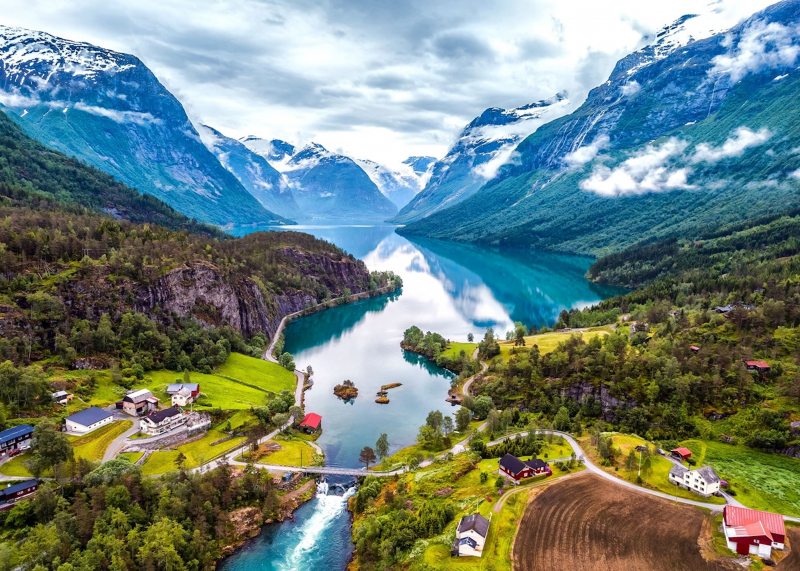
audleytravel.com -
Have you ever wanted to see or photograph the Arctic's King, the Polar Bear, in its natural habitat? The Svalbard archipelago (commonly known as Spitsbergen) off the coast of Norway is a fantastic location for an arctic summer adventure. The Svalbard Archipelago, located in the Arctic Ocean north of mainland Norway, is one of the few sites in the world where polar bears can be seen in their natural habitat. The polar bear population in the Svalbard area is around 270 within the limits of Svalbard, with an extra population of 700+ on the sea ice north of Svalbard. A substantial number of polar bears live in the islands east of Spitsbergen, Svalbard's sole permanently inhabited island, however polar bears can be found elsewhere in the area.
From June through September is the greatest time to visit Norway and Svalbard to observe polar bears. When the sun does not fall below the horizon at midnight, the arctic begins to melt, making it possible to travel the archipelago. Polar bears tend to congregate in more concentrated regions during the summer since there is less packed ice than during the winter. Many Arctic Cruises depart around this time, including an 8-day family-friendly Polar Bear Special to North Spitsbergen. Polar bears, on the other hand, tend to be far out on the sea foraging for seals when the archipelago freezes over in the winter. It is nearly hard to access or observe them due to the darkness of the arctic night.
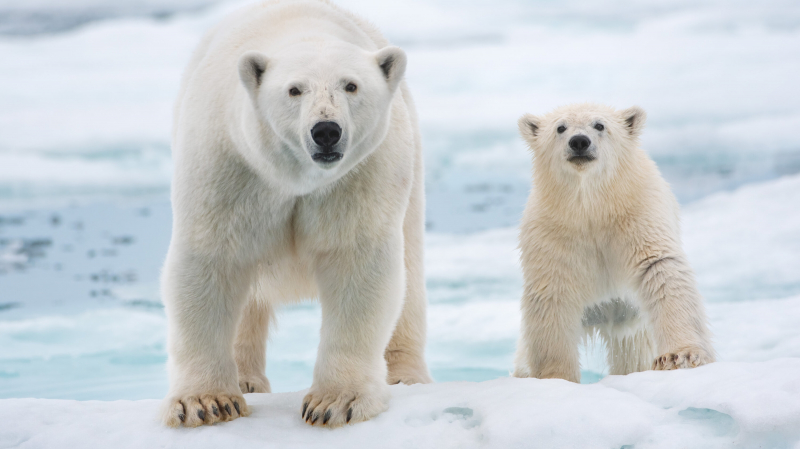
kids.nationalgeographic.com 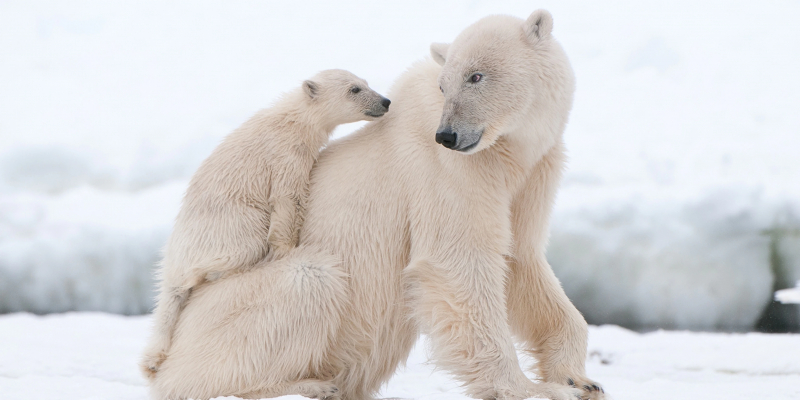
kids.nationalgeographic.com -
Norway is a very cold area in winter, and you can believe that because of the darkness and cold, the people who live here are prone to depression. On the other hand, Norway is consistently ranked among the top 10 countries in the World Happiness Report. Norway topped the ranking in 2017, but dropped to second in 2018, losing the top spot to Finland. How is the happiness index calculated? According to Visit Norway, this decision is based on six factors, including income, independence and longevity.
In terms of overall tax revenue as a percentage of GDP, Norway ranks among the highest taxing countries in the Organization for Economic Cooperation and Development (OECD). Residents' access to extensive social amenities, such as universal healthcare, access to education and subsidized parental leave, may be related to a "strong social foundation". sure" that Sachs praised. According to Sachs, people's happiness is tied to what they get from their taxes: "They are satisfied because these societies are not only rich, but also have high equality, social trust, and loyalty. government reality." They have many paid vacations, no out-of-pocket health care costs, no or minimal education fees, and high-quality public services for all."
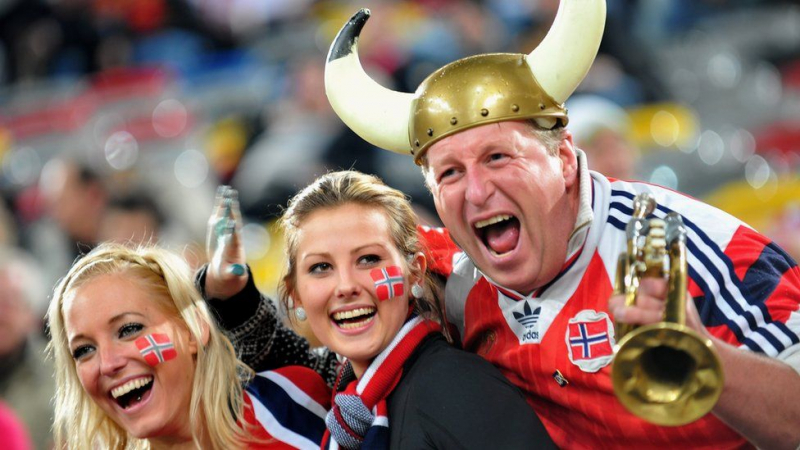
theguardian.com 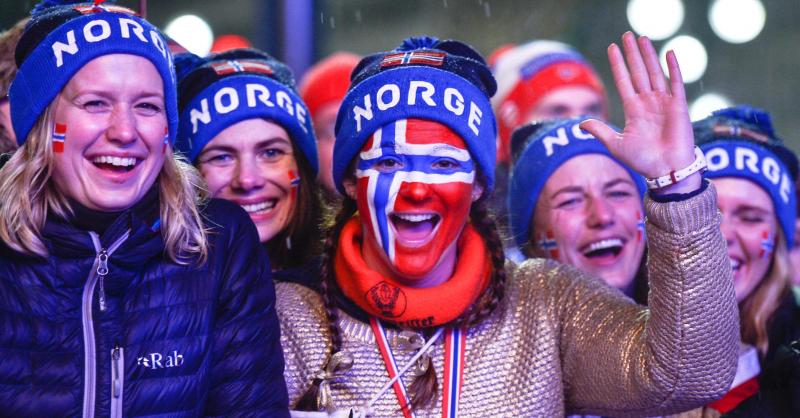
theguardian.com -
The world is growing increasingly populous and built up, and there have been numerous new developments. However, while some cities are loaded with newer buildings, Norway is home to old cities that were founded centuries ago. The church known as Nidaros, for example, was completed in 1090 AD and became a major pilgrimage place in medieval Norway. The church grew to accommodate the crowds, and in 1152, Nidaros was elevated to the status of archbishopric, and the lowly church was elevated to the status of cathedral.
Lesund is a must-see for anyone interested in Art Nouveau and Jugend-style architecture. More than 850 houses were destroyed in a massive city fire in 1904. The end result is available today: Lesund is a lovely Art Nouveau town with interesting shops, cafes, and galleries. Climb the steps to the top of Mount Aksla for a bird's-eye perspective of a city that transformed tragedy into triumph. If you have the time, a visit to the Lofotr Viking Museum in Borg, near Vestvagoy, is definitely worth it to view the 83-meter-long recreated long-house and to vividly feel a period long gone but still present through archaeological findings such as jewelry, weaponry, and ceramics.
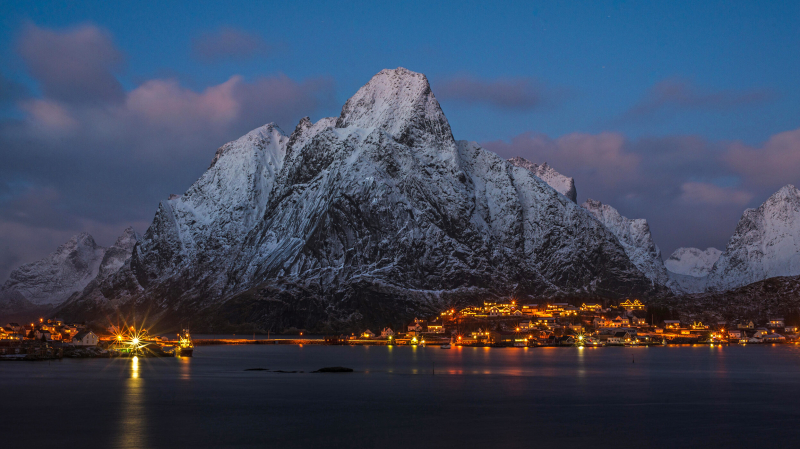
followmeaway.com 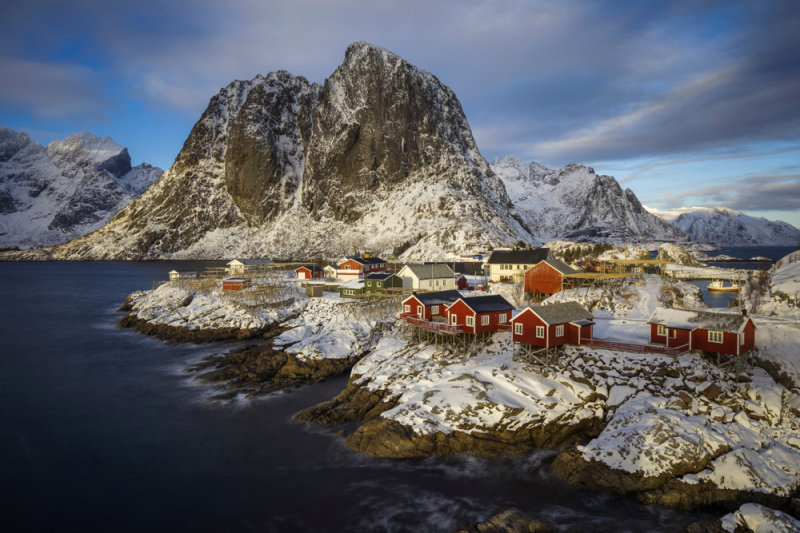
followmeaway.com -
Norway has established one of the world's most successful and sustainable seafood sectors by fully using its wide coastline and maritime capabilities. It is not an exaggeration to claim that Norway produces some of the best seafood in the world, which is served in some of the world's best restaurants. Norwegian seafood is distinct because it is sourced from cold, clear waters, is founded on years of experience, employs cutting-edge technology and skills, and is collected and farmed in a sustainable manner to ensure that the ocean and resources are preserved for future generations.
A vacation to Norway would be incomplete without trying Norwegian salmon, which is widely regarded as the best in the world. According to Visit Norway, many people around the world already consume fish from Norwegian beaches, but nothing beats a fresh catch. Indeed, the salmon is so wonderful that, according to Norway Travel Guide, the Norwegians were the first to offer salmon sushi to the Japanese back in the 1980s. The article also mentions that eating salmon is a must-do when visiting the nation.

lamarearestaurante.com 
naturallyvietnam.com -
Norway, as you may know, is a socialist country. With a population of 5 million people and a country rich in resources, Norwegians have established their country to support its citizens, care for its people, and ensure equal life quality for all. An overarching cultural norm of equality, similarity, and respect is ingrained in this basis. Even at work, the boss is the boss, but Norwegian work culture is much more flat hierarchical than that of other countries. As a member of Norwegian society, one individual does not deserve more than another, and Norwegians value the overall system's functionality more than that of one individual.
Norway is a fairly open-minded society that is also very gender equal. Norwegians do not required to marry to start a family, and many couples live together without a marriage certificate, according to TripSavvy. This is also a country that values mutual respect and the belief that all people are equal, which is why the Jante Law exists. This law stated, among other things, that individuals should not feel superior to others in any way and should not mock others. Although this law is now out of date, it exemplifies Norway's forward thinking.
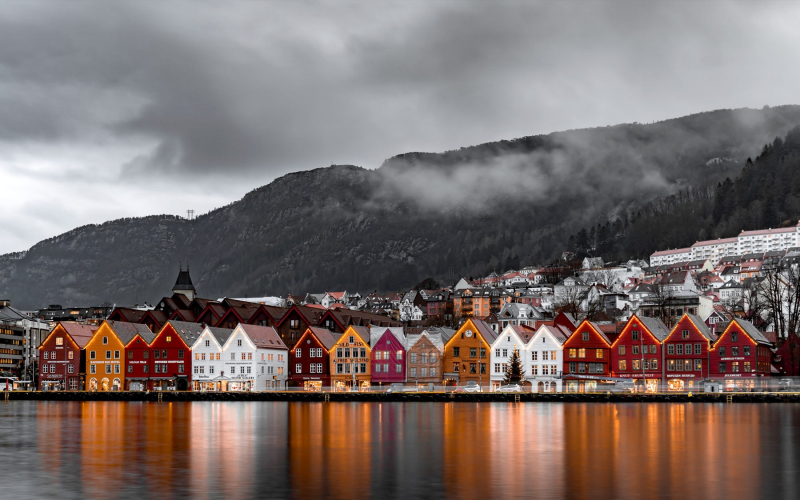
roughguides.com 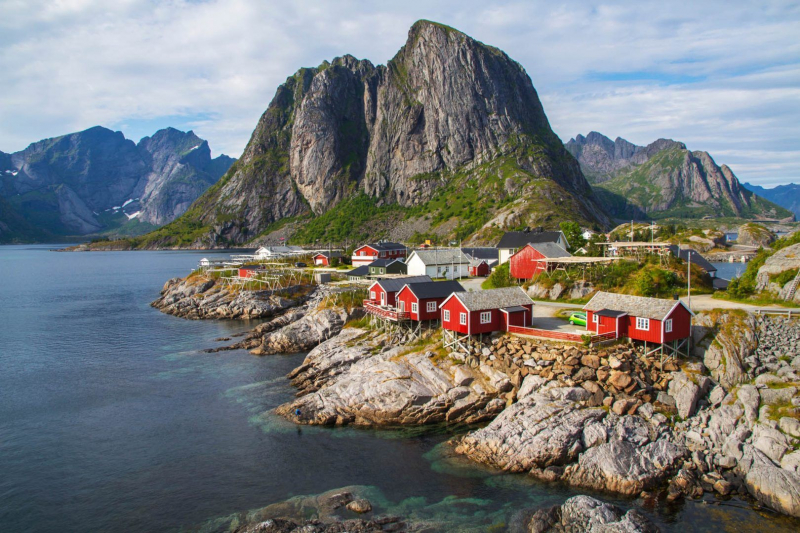
roughguides.com -
One of the most enticing aspects of visiting Norway is that you will be safe, even if you are traveling alone as a woman. That's not to say you shouldn't be cautious in certain areas, and you definitely shouldn't get drunk and roam the streets in the middle of the night, but for the most part, Norway is an incredibly safe country with a very low crime rate. Even in major Norwegian cities such as Oslo, Bergen, and Trondheim.
As with any other urban neighborhood, you should use caution, but there isn't much to be concerned about. Even walking alone at night is generally safe, and the odds of becoming a victim of a crime are low. The majority of crimes in Norway include residential and office burglaries. During the summer, there are certain pickpocketing groups who cruise about the most touristic spots, so keep an extra eye on your wallet when you're in a crowd (still, the possibilities of anything happening is low).
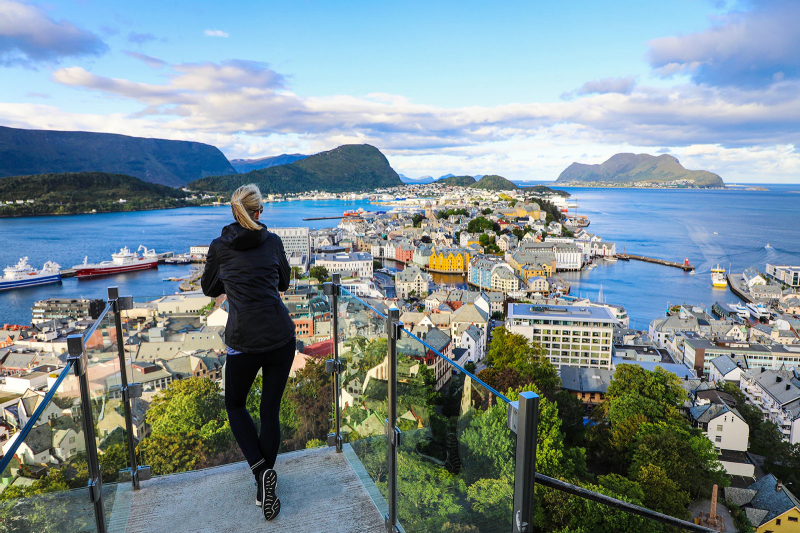
lifeinnorway.net 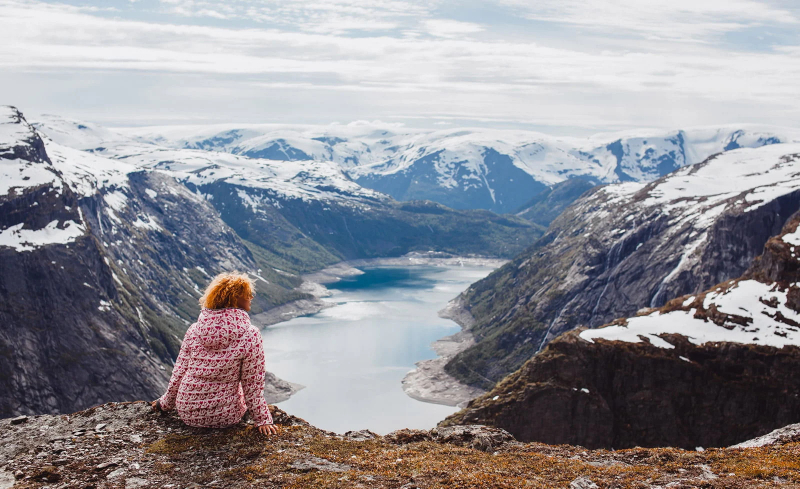
lifeinnorway.net -
You have to visit Norway to realize how breathtakingly gorgeous it is, and while it is usually covered in a thick covering of white snow in the winter, everything is visible in the summer. Lofoten, a lovely spot dotted with fishing villages, and Preikestolen, a steep cliff, are two of the most popular destinations. One thing everyone can agree on is that this is a country where you can always obtain a nice Instagram image!
Furthermore, do not overlook Oslo, Norway's capital. The European Commission designated Oslo as a green capital in 2019 for its efforts to reduce CO2 emissions to the environment while also improving the economy and society to be more environmentally friendly. When you visit this location, you will be immersed in the city, with long rows of trees, rivers, lakes, parks, and gardens. Furthermore, the city is always surrounded by green forests, creating an airy and refreshing atmosphere.
Geiranger Fjord is also a popular destination. This is one of the most beautiful fjords in the world, and it was designated a UNESCO World Heritage Site in 2005. Many artists have depicted the beauty of this location in paintings with white waterfalls, steep cliffs, and majestic natural scenery. Geiranger, at the mouth of the bay, has red roofs, friendly people, and traditional cultures.
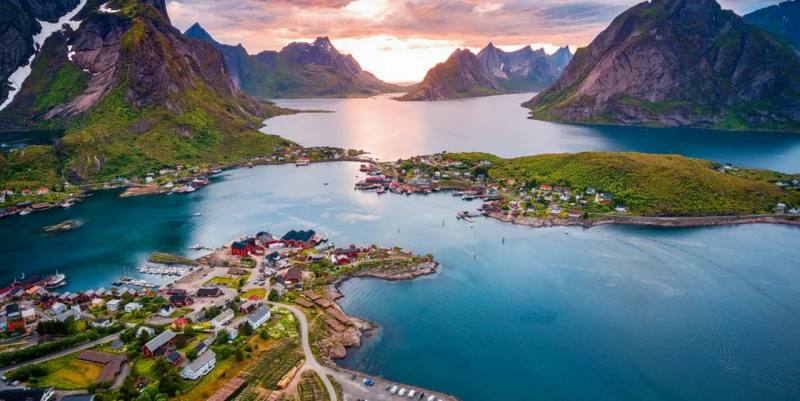
thrillophilia.com 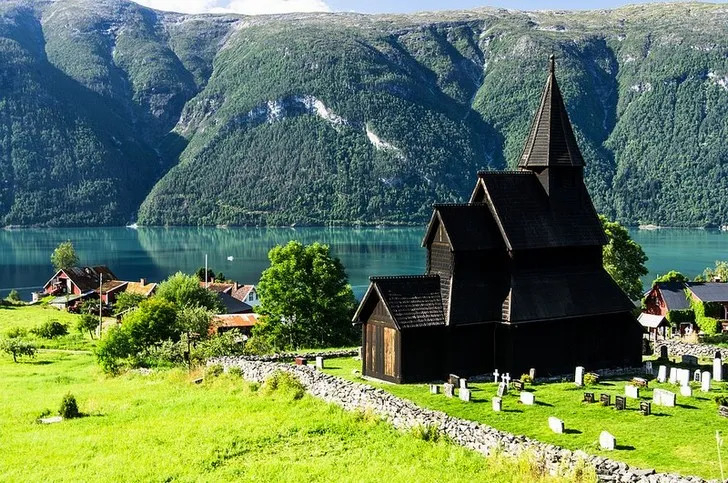
danelis.ru -
No language barrier is one of the big reasons you should visit Norway because so many people care about it. When traveling, you should not choose a country based on whether or not people speak your native language, though it does make discovering a lot simpler. English is widely spoken in Norway, and virtually every Norwegian can speak fluent (or understand a minimum of, this is mostly the elder people) English. Tourist information is usually printed in several languages. Information in museums, restaurants, hotels and public transport is often printed in English and other major languages such German and French. Many Norwegians also speak or understand a second foreign language, often German, French or Spanish.
So, if you don't speak Norwegian, will you have a difficult time negotiating in Norway? No, for the most part, you can generally find someone willing to help with translation. Norwegians in general are courteous and willing to assist, and English-speakers may be found across the country.
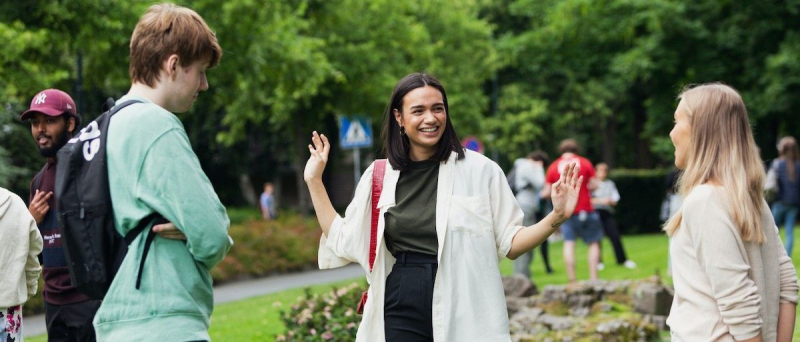
kiiky.com 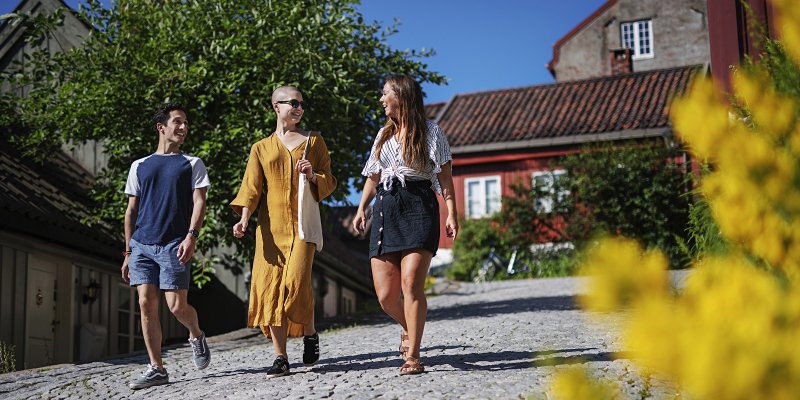
kiiky.com












